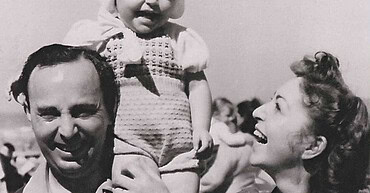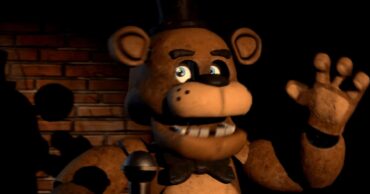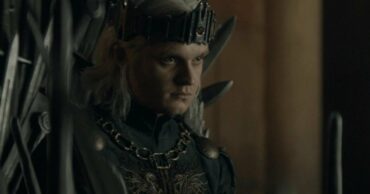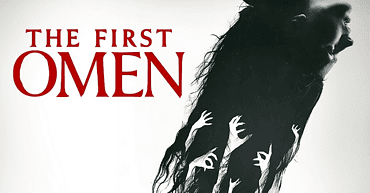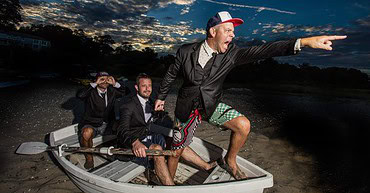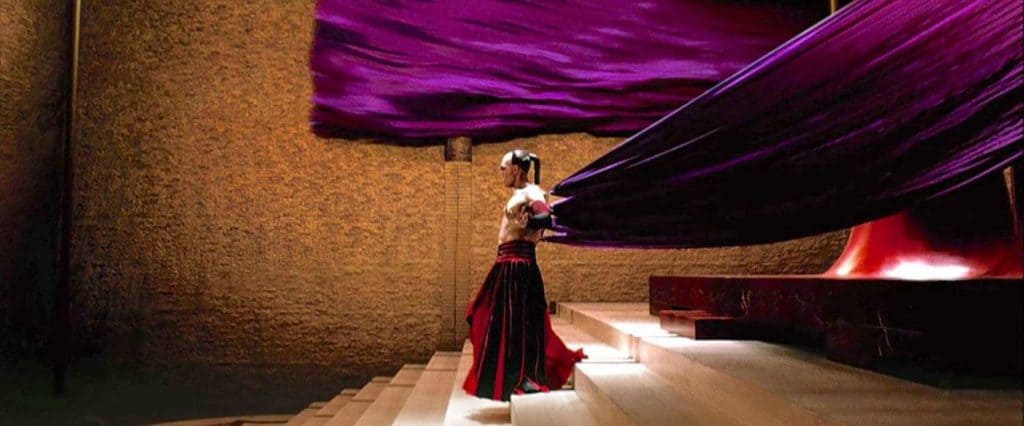
Horror is a peculiar genre. Like the titular clown from It, horror movies emerge unexpectedly at times of great economic and social turmoil, gorge themselves on an unsuspecting public, then go fallow for years – even decades – on end. Looking back, the pattern is obvious, even if it takes us unawares in the moment. World War I, The Great Depression, the Vietnam and Reagan years… and now, steeped in the long shadow of 9/11, the Great Recession and the anarchic Trump era. Chaos is the surest soil in which our terrors take root. The last twenty years have been among the best in the genre’s output, yet all anybody seems to want to talk about come October are movies from the 70s and 80s. Now, don’t get me wrong, I love The Exorcist (1973) as much as the next guy, but not at the expense of decades worth of twenty-first century terrors that have never been given their due by a forgetful public, “respectable” film critics and so-called “defenders of good taste.” Now is the time to give our often-overlooked modern-day horrors their due. From 28 Days Later (2002) to Zombieland (2009) and everything in-between, these unsettling features document and help us process all of our present-day fears and anxieties. And they deserve every bit the attention and consideration that their forebears have been afforded over the years.
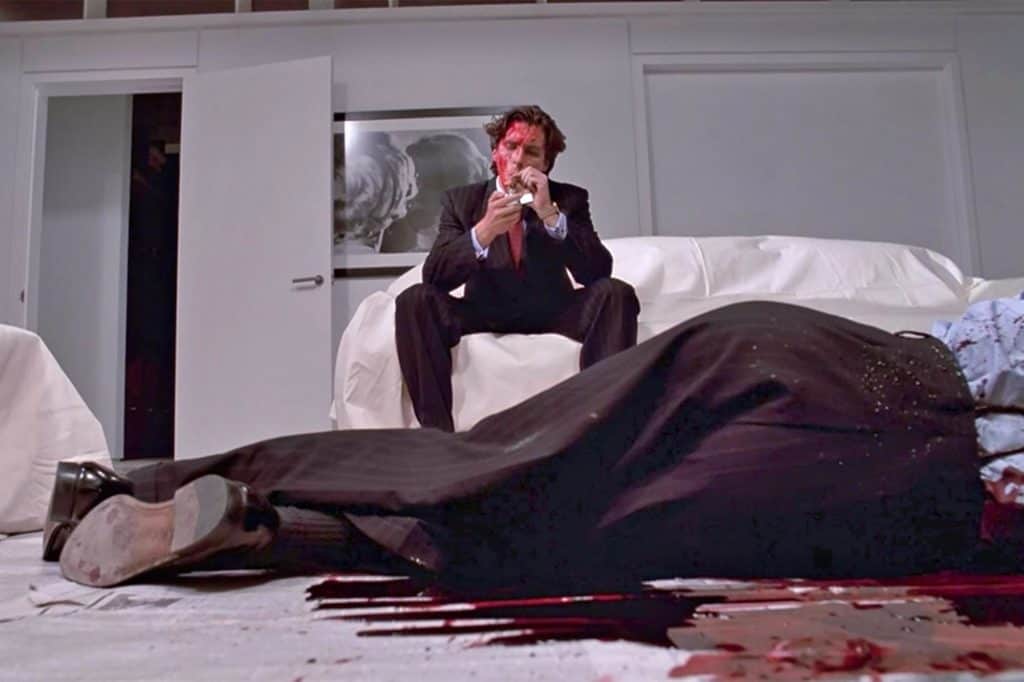
American Psycho (2000)
The history of the slasher movie is a lot longer and more interesting that most people are willing to admit. Arguably, the very first nascent iteration of the subgenre (as distinguished from more generalized, garden variety iterations of serial killers) comes from the one-two punch of Peeping Tom (1960) and Psycho (1960). These movies were then innovated upon in Italy as the stylish mid-century giallo. They were reworked yet again in 1970s America, where a number of their now-familiar conventions emerged in films like The Teas Chainsaw Massacre (1974) and Black Christmas (1974) before coming to a head with John Carpenter’s Halloween (1978) late in the decade. The first true slasher cycle spun out from Halloween’s success with movies like Friday the 13th (1980) and My Bloody Valentine (1981); later, these movies took on more supernatural elements (including, but by no means being limited to, poltergeists in 1984’s A Nightmare on Elm Street, zombies in 1986’s Friday the 13th Part VI voodoo in 1988’s Child’s Play and pagan cults in 1989’s Halloween 5); and, finally, the whole genre became self-aware with the advent of Scream (1996) and its endless derivations.
American Psycho sits decisively in this third cycle of meta-textual slasher movies, although its narrative more firmly draws on groundwork laid out by first generation forebears like Maniac (1980) and the infamous Henry: Portrait of a Serial Killer (1986), where it acts less like a straight-faced slasher and more like an uncomfortable and probing character study of the kind of person would wind up starring in a slasher movie. Further distinguished by being the rare film of its type directed by a woman (in this case, the immensely talented Mary Harron), who lends a far more critical eye to the proceedings and sands off some of the more controversial (to say nothing of misogynistic) edges of the novel the film is based off of. Centering an incredibly game cast (which includes such luminaries as Christian Bale, Willem Dafoe, Jared Leto and Reese Witherspoon) and suffused with its grisly protagonist’s transfixing inner monolog, American Psycho is a far more intelligent and illuminating horror entry than the genre typically gets credit for.
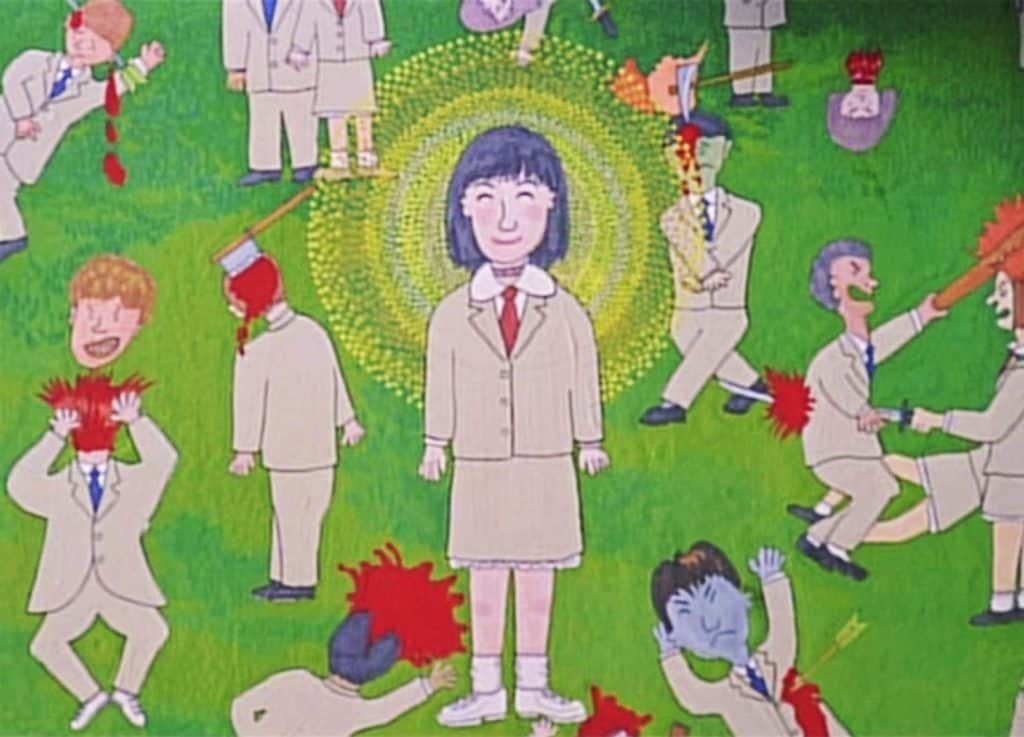
Battle Royale (2000)
The end of the twentieth century saw the emergence of the J-Horror phenomenon, in which a number of pointedly Japanese horror films served as a counterpoint to the increasingly commercialized and studio-driven genre offerings that dominated the American horror scene. Unlike many American films of the same period, these J-Horror films focused on an intimate set of characters (rather than a high body count) and a discreet set of themes such as the paradoxical isolation brought on by modern technology and social institutions. While many became smash sensations in Western markets (both in their original Japanese form and in their inevitable English-language remakes), some proved to be much more challenging to the Eurocentric ideologies dominant outside of their native country.
It has been my repeated experience that Battle Royale is one of the best entry points to the otherwise uninitiated not just to J-Horror specifically, but to non-English language cinema more broadly. This manic, bloody satire – brought to life as the last feature of Japanese auteur Kinji Fukasatsu, who brought his whole childhood experience of living in WWII era Japan – is familiar enough in the trajectory of its narrative arc, its violently slapstick humor and its wide spectrum of recognizable youth archetypes to find purchase in many Western viewers’ minds. And even while its basic premise has been borrowed and implemented by a variety of books and movies since its release (most notably the mega-popular Hunger Games series), its semi-comic nihilism and precise satirical targets have remained aloof in American-lead media (sidestepped for more easily grockable themes of love and propaganda, which were only ever minor footnotes in Battle Royale’s mélange of obsessions).
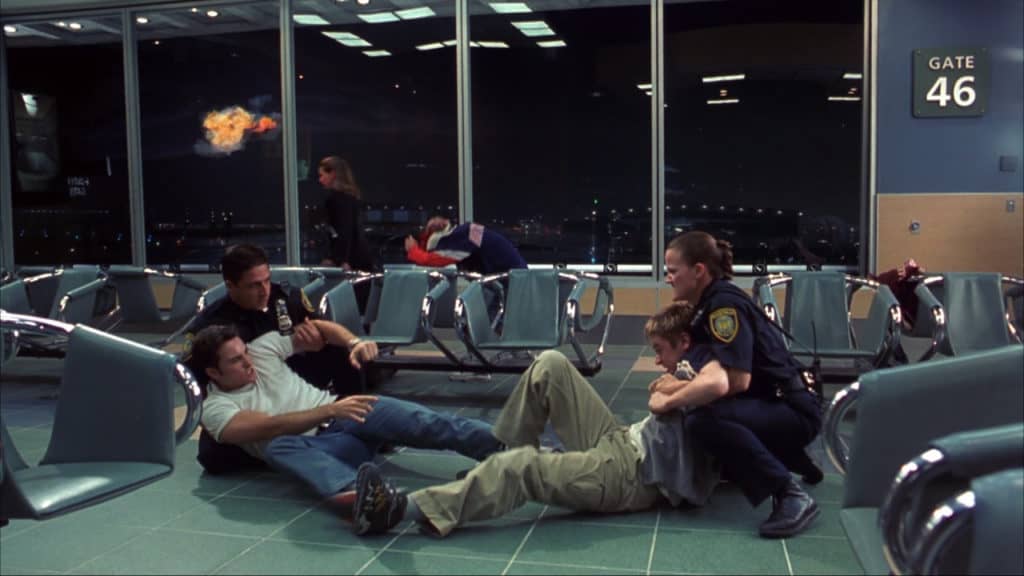
Final Destination (2000)
Although the teen-centered horror movies of the 1990s are widely derided both by the external enemies of the horror genre and by many of its most diehard adherents, that moment of terror has never been without both its merits and its masterpieces. Scream, of course, is one of them, as is the post-Scream revival of the Child’s Play franchise. One that has always been near and dear to my heard, though, is Final Destination, an insidiously clever “body count” film whose high concept premise of a disembodied Death working overtime to reclaim a number of student victims who accidentally evaded a terrible accident that claimed the lives of their classmates resulted in a Rube Goldberg machine of carnage. Predicting the hyper-elaborate traps of the Saw movies by half a decade, each of Final Destination’s kills turns into a delightfully gory game of “Yes And” as an increasingly unlikely series of events triggers again and again and again until another one of Death’s unclaimed victims winds up on the coroner’s slab.
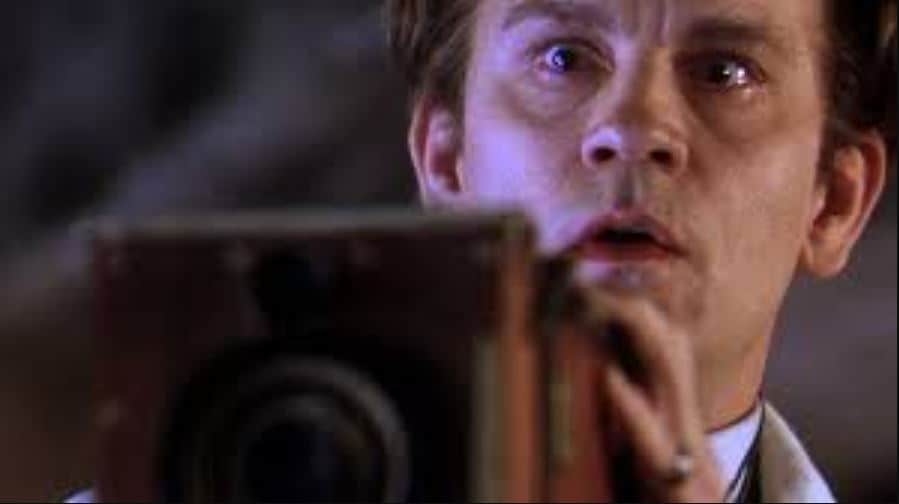
Shadow of the Vampire (2000)
One of the most famous horror films of all time, it is nothing short of miraculous that F. W. Murnau’s Nosferatu (1922), an illicit adaptation of Bram Stoker’s Dracula whose every copy was ordered destroyed by a court ruling, survives today at all. So convincing was the performance of its lead Max Schreck, an early and misunderstood adopter of method acting, that a rumor circulated on-set that Schreck was, in fact, a real-life vampire hired by the studio to star in the film. Shadow of the Vampire, a somewhat askew “making of” drama that ostensibly takes us behind the scenes of its unnerving production, posits that as its central premise: what if Nosferatu was actually a vampiric snuff film rather than merely being an artfully-made, copywrite-inducing work of fiction? It’s a fascinating conceit that director E. Elias Merhige wrings the most out of in every inky atmospheric scene, helped along by the likes of John Malkovich and Willem Dafoe in the leading roles. Bonus points if you show this to somebody under the auspices of being a straight-up historical drama.
 Follow Us
Follow Us
